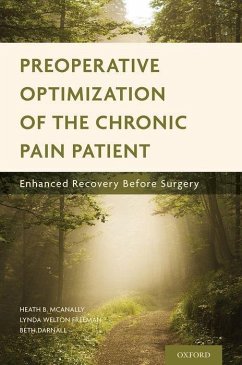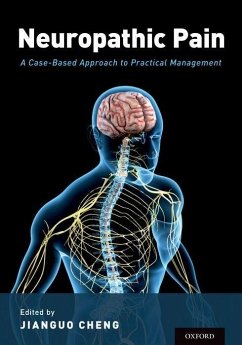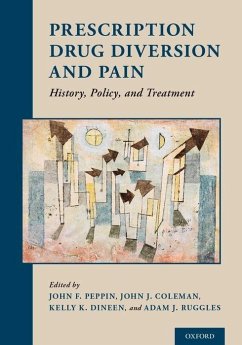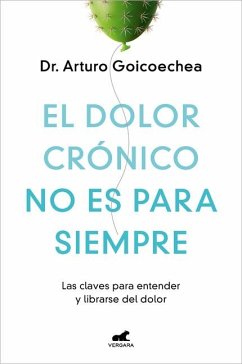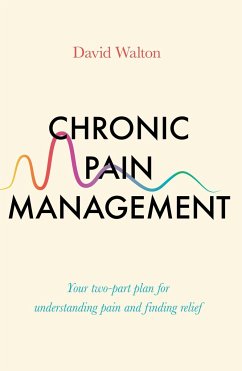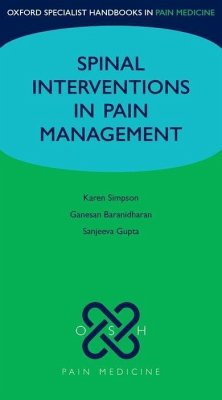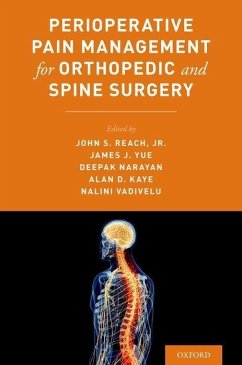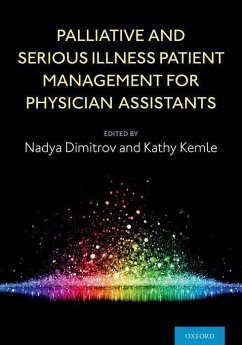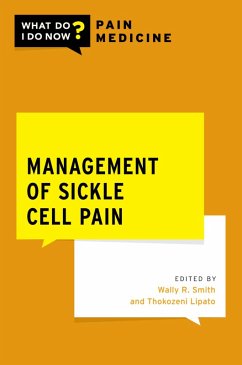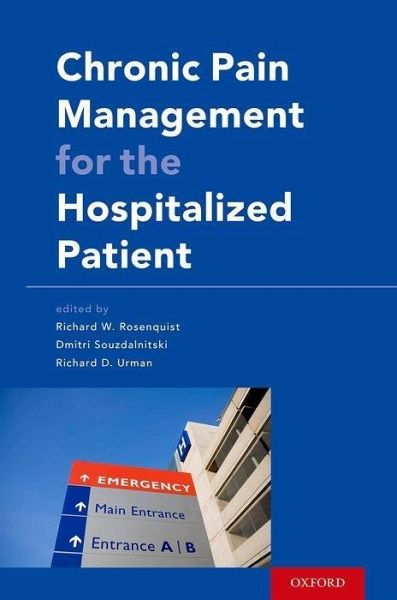
Chronic Pain Management for the Hospitalized Patient

PAYBACK Punkte
61 °P sammeln!
Up to 35% of adults suffer from chronic pain, and a substantial number of these patients are admitted to hospitals every year. A major concern of these patients is whether the pain will be adequately controlled during hospitalization. these patients are more likely to have poor pain control and may experience an exacerbation of their co-exisitng chronic pain condition during hospital admission. Adequate pain control is directly related to clinical outcomes, length of hospital stay, and patient satisfaction. A considerable body of evidence demonstrates the medical, social, and economic benefits...
Up to 35% of adults suffer from chronic pain, and a substantial number of these patients are admitted to hospitals every year. A major concern of these patients is whether the pain will be adequately controlled during hospitalization. these patients are more likely to have poor pain control and may experience an exacerbation of their co-exisitng chronic pain condition during hospital admission. Adequate pain control is directly related to clinical outcomes, length of hospital stay, and patient satisfaction. A considerable body of evidence demonstrates the medical, social, and economic benefits of satisfactory inpatient pain control. Currently, there are limited pain control guidelines to address this challenging inpatient population. In fact, there are no guidelines outlinign best practices for postoperative pain control in patients with chronic pain. The complex nature of chronic pain and a dearth of publications addressing the concerns of these patients make the creation of relevant guidelines difficult. The goal of this book is to equip clinicians to provide safe and effective management of hospitalized patients with co-existing chronic pain. Each chapter addresses a particular clinical question and is written by an expert in the field. Chapters describe basic principles and specific clinical situations commonly encountered during the care of patients with co-existing chronic pain in hospital settings.




